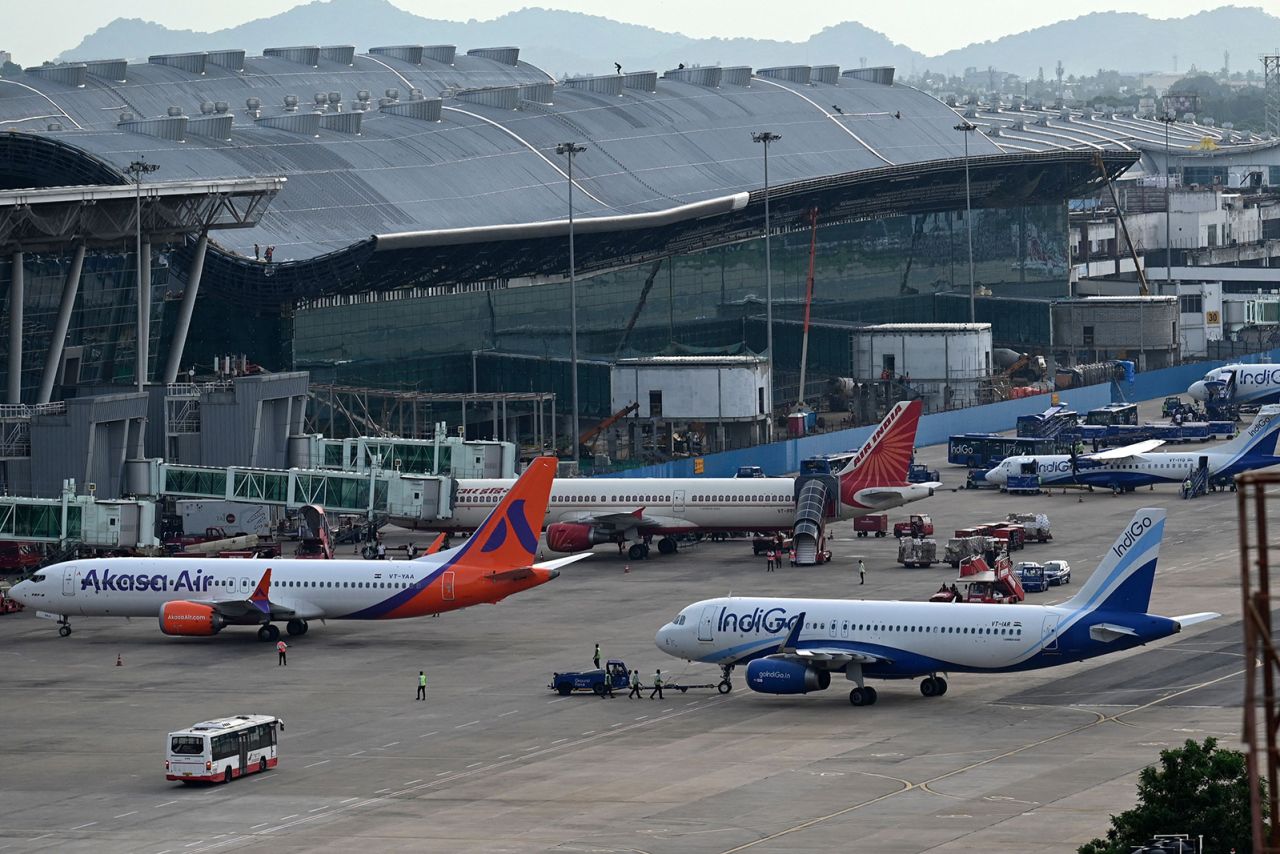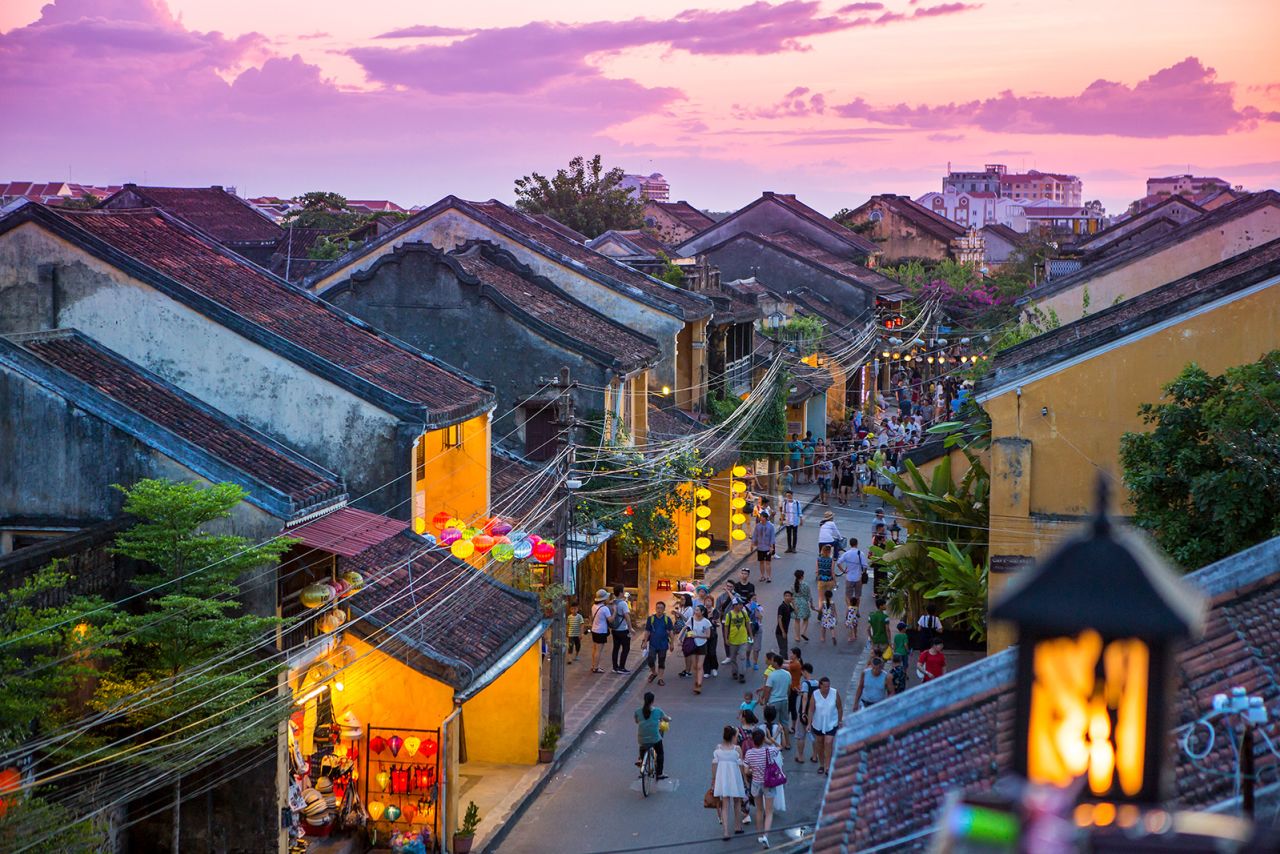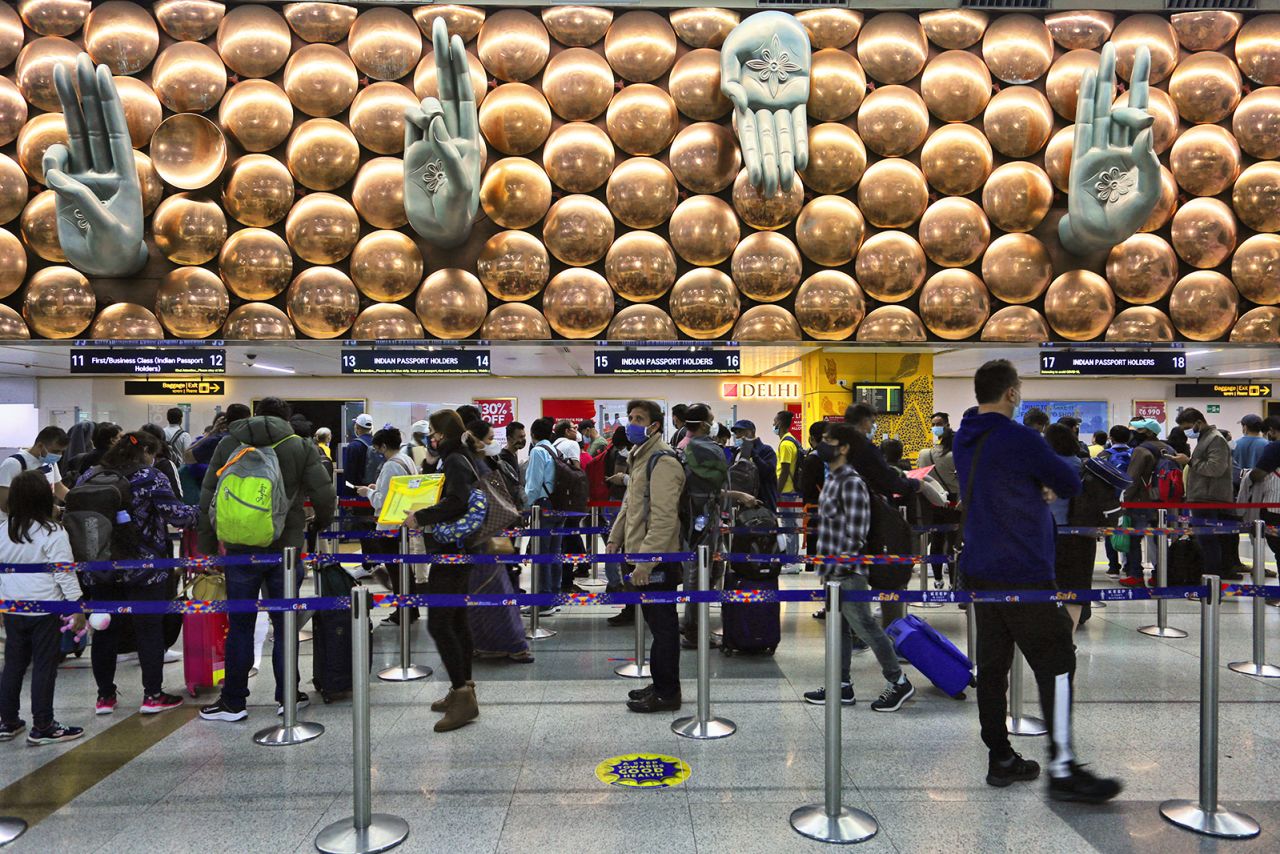(CTN NEWS) – India recently surpassed China to become the world’s most populous country, which has led to a lot of discussion about whether it will keep doing so in other areas.
All eyes are currently focused on the South Asian superpower’s expanding impact on the international scene. And the travel and tourism sector is no different.
According to recent reports, Indians are predicted to spend more than $42 billion annually on international travel by 2024.
India is currently “the biggest growing outbound destination,” according to Omri Morgenshtern, CEO of the travel and booking website Agoda.
Even though there are more travellers overall from some other nations, no country’s tourist industry is expanding as quickly as India’s, he continues.
Additionally, it goes beyond the sheer volume of travellers. The nation is still investing enormous sums of money in developing its aviation sector and securing its position as a major travel centre.
Several Audacious Investments
According to experts, India’s outward growth trajectory is largely being pushed by infrastructure improvements and the country’s growing aviation industry.
According to Reuters, the Indian government declared this year that it will invest $11.9 billion (or 980 billion rupees) on building and modernising airports around the nation by 2025.
The Noida International Airport, located in the Uttar Pradesh state city of Jewar, is one of them.
The Times of India reports that it would likely be Asia’s largest airport when it opens in 2024 and will improve connectivity to and from the larger Delhi-National Capital Region (NCR) and Western Uttar Pradesh.
The work that (India) has been doing within the nation is finally beginning to bear fruit, according to Gary Bowerman, founder of Check-in Asia, a tourism-focused research and marketing organization.
It has more infrastructure than it did ten years ago, including more airports, terminals, and buildings.
The regional connectivity programme for India has seen the operationalization of at least 73 airports since 2017.
With 59.5 million passengers expected to travel through its gates in 2022, Delhi’s Indira Gandhi International Airport entered the top 10 list of the busiest international airports for the first time ever this year.
(It should be mentioned that until the beginning of 2023, the pandemic kept China mostly isolated from the rest of the globe.)
According to Morgenshtern, both government and private airlines have invested in the rising outbound travel from India.
“I think there’s a combination there,” he says CNN, “of the airlines themselves taking very, very bold steps to grow the capacity.”
Some airlines are now paying for those audacious decisions, like India’s Go First, a low-cost carrier that filed for bankruptcy in May.
Go First, according to Bowerman, has been “vital for growth” in India’s “very price-sensitive market.”
However, he continues, “margins have been extremely thin and competition has been severe, which has led to some high-profile low-cost or budget carriers failing, which undermines customer trust and alters the balance of the overall market.
Air India Now The Nation’ Second-Largest Domestic Airline
Despite the difficulties, other airlines are still providing less expensive solutions. For instance, Tata Sons, an Indian company, owns all of Air India.
The business said earlier this year that it will operate flights under the Air India name as well as Air India Express, having previously combined the latter with Tata’s other low-cost airline, AirAsia India, as part of its efforts to broaden its offers.
According to Bowerman, the launch of a single-brand low-cost carrier by Air India shows that the country “clearly sees the LCC (low-cost carrier) segment as an integral part of its own growth strategy and of the continued expansion of India’s aviation market.”
According to a statement from Tata, Air India is now the nation’s second-largest domestic airline and its largest foreign carrier as a result of airline mergers and consolidations under the Tata umbrella.
The airline has taken further efforts to encourage more travel from India. The largest order of brand-new aircraft ever placed by a single airline, Air India bought close to 500 aircraft in February.
The airline has also increased frequency on already-existing routes and introduced a number of new ones to important US and European destinations over the previous two years.
Not only is Air India improving, but other airlines are as well. Low-cost airline Indigo announced the establishment of 174 new weekly flights and six additional locations in Africa and Asia in the beginning of June.
According to Civil Aviation Minister Jyotiraditya Scindia, India has expanded its aeroplane leasing programme to fulfil the country’s rising demand for air travel on both local and foreign routes.
Morgenshtern contends that in order to attract more Indian tourists, nations must immediately relax visa requirements and boost the number of flights to and from India.
He claims that when those two elements take place, “the magic happens on a developing market like India.”
Indians Visiting Wider Variety Of Nations
According to Agoda’s data, Indians are now visiting a wider variety of nations.
“If you look at a place like Europe, you see more of them going to France or Switzerland,” claims Morgenstern. “Those two nations weren’t among the top 10 for Indian travellers prior to the pandemic.”
Thailand, Malaysia, and Indonesia were the three most popular travel destinations for Indians in 2019.
The top Southeast Asian nations visited by Indians now are approximately the same as they were five years ago, although there are more tourists overall.
“We observe an increase in Indian tourists visiting Vietnam, Singapore, Indonesia, and Malaysia. All of them had Indian travellers earlier, but not in the numbers we see today, according to Morgenshtern.
For instance, Morgenshtern predicts that Indian travel to Vietnam will grow by at least 1,000% from pre-pandemic levels.
Indian tourists frequently travel to Southeast Asia in general.
“Countries like Singapore, Thailand, and Indonesia, they’re all out benchmarking the crazy growth that we see happening anywhere with Indians,” adds Morgenstern.
In contrast, according to Agoda’s data, fewer Indians are visiting Japan, Korea, or Taiwan. The CEO speculates that this may be due in part to these countries’ distance from India, though it may also be a result of a lack of knowledge.
According to Morgenshtern, “when we speak with tourism authorities, they all recognise India as a growing power and they all have something in their plans. The promotion of the destinations to Indian customers, however, is only “just starting now.”
India vs. China
India’s outbound travel market has grown more slowly over the previous two decades than China’s, which, according to Bowerman, is partly because of the differences in the two countries’ aviation industries.
Private airlines dominate India’s aviation sector now, and they frequently engage in rivalry.
However, China’s three primary airline firms, each of which operates in a particular region and was established and consolidated by the government:
Beijing is the base of operations for Air China, Shanghai for China Eastern, and Guangzhou for China Southern.
As a result, according to Bowerman, “the Chinese state government was really able to control the volume and frequency of routes, particularly into Southeast Asia and Northeast Asia, because it had these three groups that don’t compete with each other.”
In India, Bowerman claims that it is more difficult for locations to add new flights because of the numerous airlines they must negotiate with.
When it comes to outbound travel, “this,” according to Bowerman, “is a key factor that slowed down the growth of India over the past decade.”
China was Southeast Asia’s biggest source market for tourism prior to the pandemic. Only 5.3 million Indian tourists visited Southeast Asian countries in 2019, compared to 32.3 million Chinese tourists.
There is a lot of catching up to accomplish, according to Bowerman. However, India still has some good news.
In order to become less dependent on China, tourism boards in Southeast Asia are making an effort to diversify their market mix.
However, Bowerman thinks it may take “possibly two decades” for India to pass China in terms of international travel.
You cannot close that distance in a brief amount of time, he asserts.
RELSTED CTN NEWS:
Trade Setup For Tuesday [June 13]: Top 15 Things To Know Before The Opening Bell
2023 U.S. Open: How To Watch, TV Schedule, Streaming Schedule & Tee Times
The Significance Of Juneteenth: Commemorating Freedom And Equality






